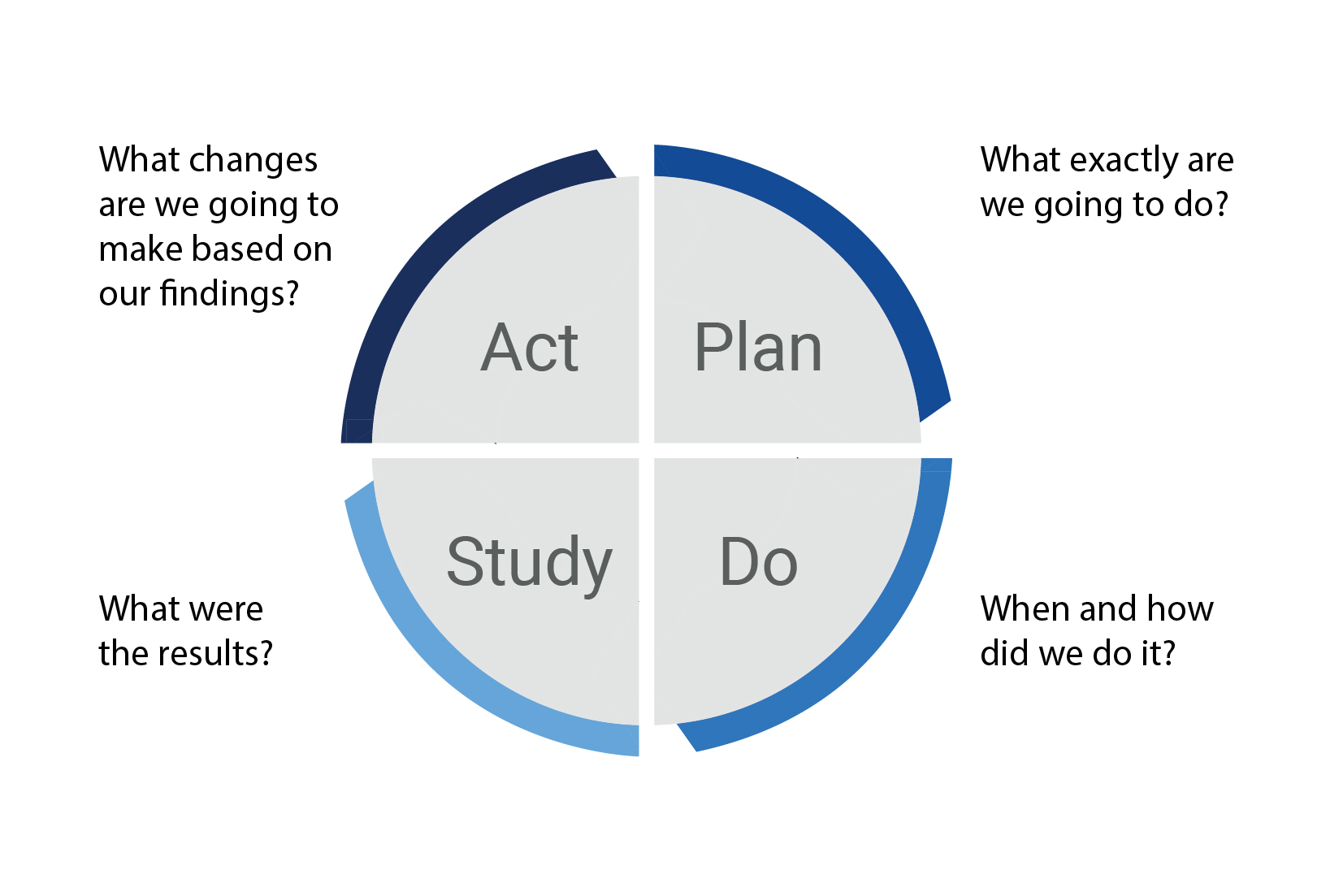Survey Survival: What’s a QAPI?

One of the biggest and most important components of any survey is the Quality Assurance Performance Improvement (QAPI) program. If not done correctly, a QAPI program can be a vulnerable area that may result in multiple deficiencies. More importantly, though, if the QAPI is not effective, it can result in poor outcomes for patients, staff, and the entire organization.
What Is QAPI?
An effective QAPI program takes a systematic, comprehensive, and data-driven approach to maintaining and improving safety and quality in patient care while involving all personnel in practical and creative problem solving.
QAPI includes, at minimum, the following components:
1. Quality Assurance (QA)—This is a retrospective look at the care that has been provided to patients and the effectiveness of the organization’s operations in doing so. Data collected includes, but is not limited to:
- Clinical record reviews
- Supervisory visits
- Incidents
- Infections
- Complaints
- Interviews with patients
2. Performance Improvement (PI)—The second part of an effective QAPI program is analyzing all the information collected to identify any trends that have led to noncompliance with regulations or have resulted in poor patient outcomes.
QAPI can be complex, but it is imperative to keep it simple by breaking it down and delegating so that all staff can understand and participate. Incorporate a culture of accountability and compliance in every tier of the organizational chart.
The Performance Improvement Plan (PIP)
When an adverse trend such as an increase in falls or infections is identified, a Performance Improvement Plan (PIP) should be implemented to correct any identified problems and prevent recurrence.
Be specific and set quantifiable goals. At a minimum, include the following:
- Focus area and date
- Action plan for correction
- Person(s) responsible for the correction
- Progress toward goals/compliance at specified intervals
Remove the Mystery!
- Use the state, federal (Medicare), and/or accreditation standards that govern your organization. Make sure they are the ones the surveyors use with interpretive guidelines. The guidelines are the instruction manual for the tasks the surveyors must perform to evaluate the compliance of the organization. These are clues to know exactly what is expected during a survey.
- Create audit tools based on the requirements of the state and federal regulations as well as the accreditation standards pertinent to your organization.
- Create and then use a QAPI committee to review all data no less than quarterly. Make sure everything is properly documented!
- Create a calendar to identify when data is to be collected and analyzed and by whom.
- As your organization grows, consider delegating components of the QAPI such as infection control, safety, and emergency management.
At the beginning of each year, analyze the entire QAPI program in an annual PIP and set goals for the upcoming year for continuous quality assurance and performance improvement. If your organization needs help with the process improvement aspect of QAPI, download MedBridge’s free guide, “Your QAPI Roadmap: Getting from QA to PI.”
Integrating the surveyor’s manual and tools into a QAPI program enhances compliance throughout the organization, promoting success for any survey and—most importantly—creating positive outcomes in your patient care.
- Agency for Healthcare Research and Quality. (2020). Health Literacy Universal Precautions Toolkit, 2nd Edition: Plan-Do-Study-Act (PDSA) Directions and Examples. https://www.ahrq.gov/health-literacy/improve/precautions/tool2b.html
- Allen, N. E. (2021). Survivor! 10 Practical Steps to Survey Survival. Solutions for Care. https://www.solutionsforcare.com/
- CMS.gov. (2014). QAPI Tools. https://www.cms.gov/Medicare/Provider-Enrollment-and-Certification/QAPI/qapitools










